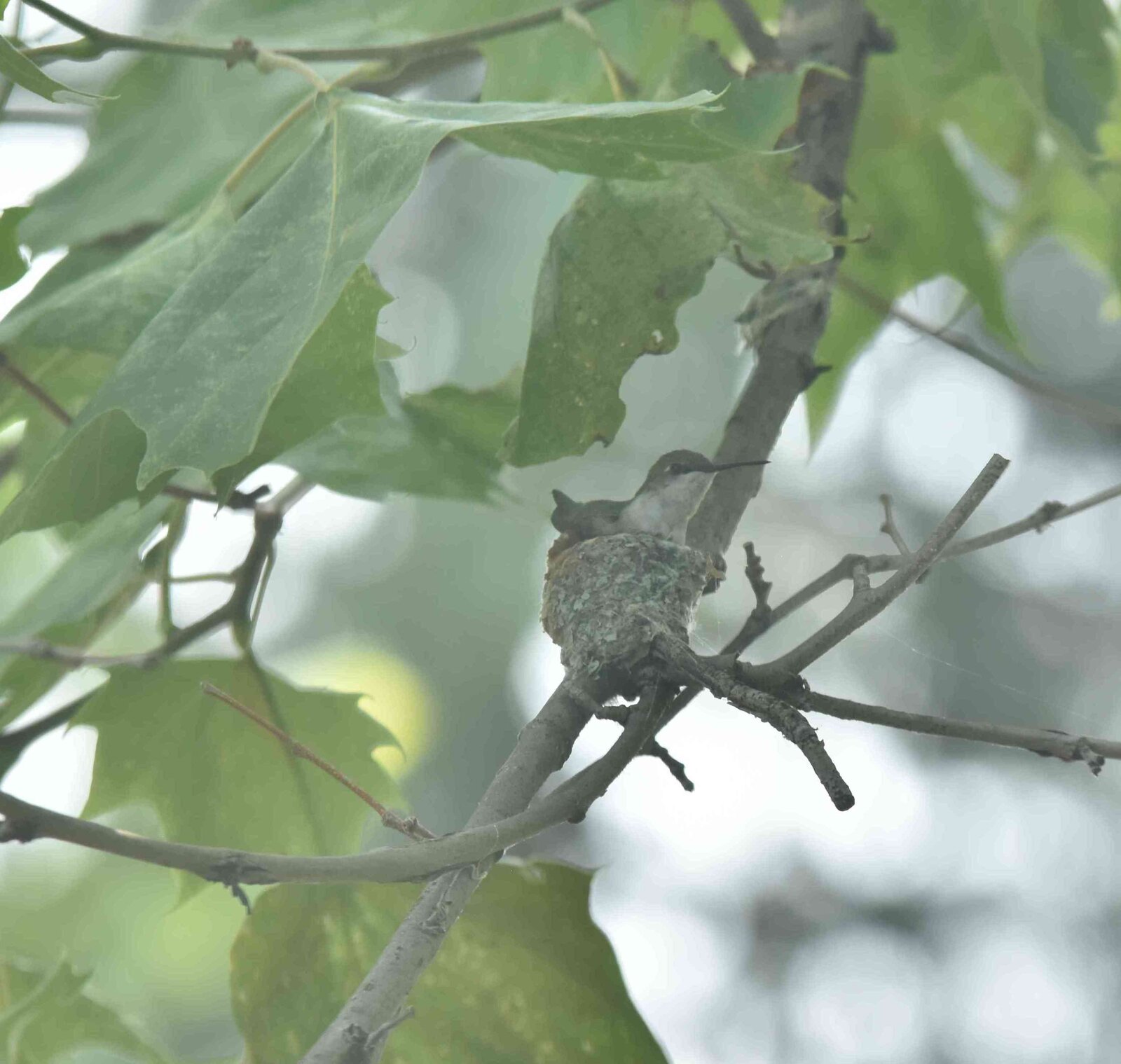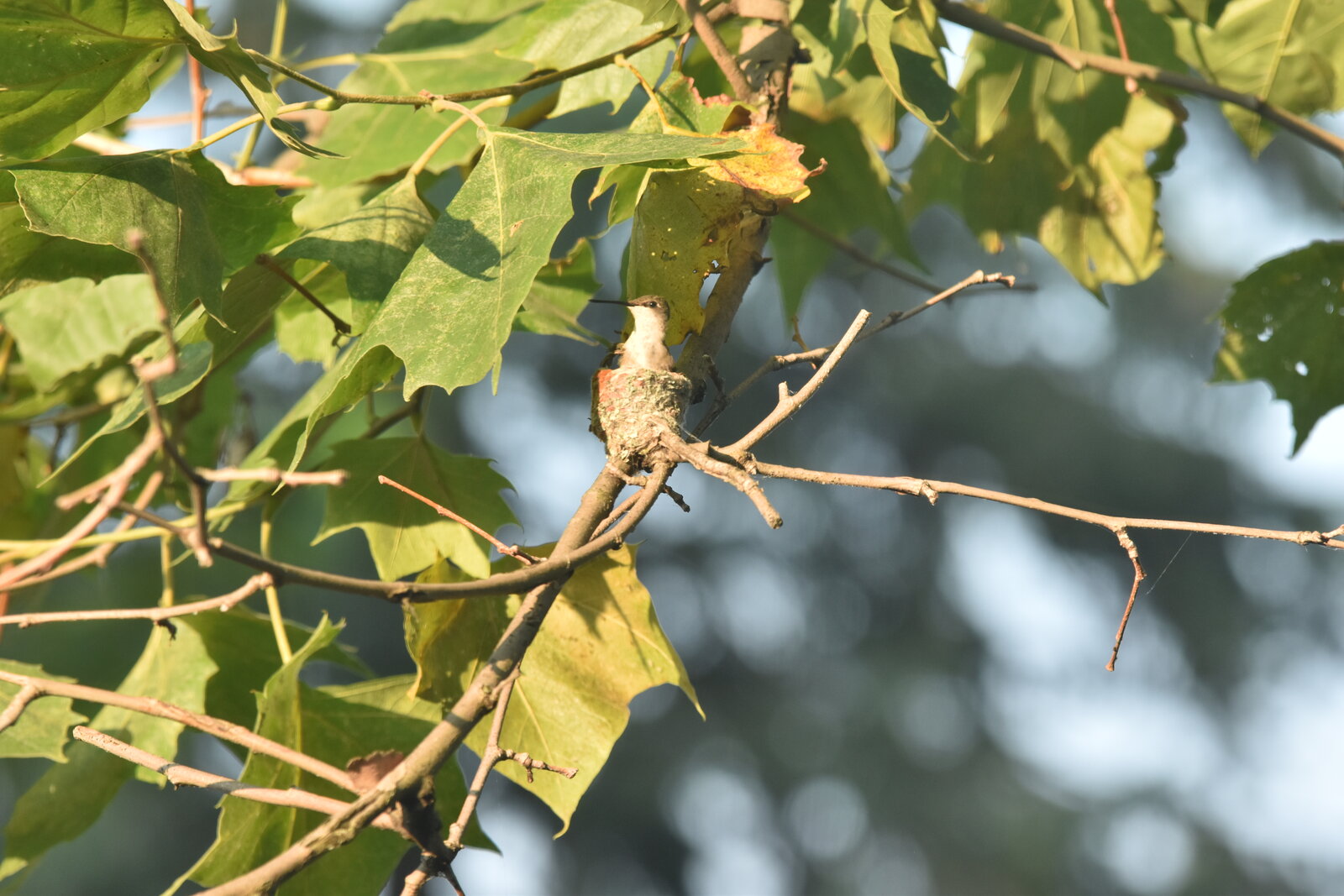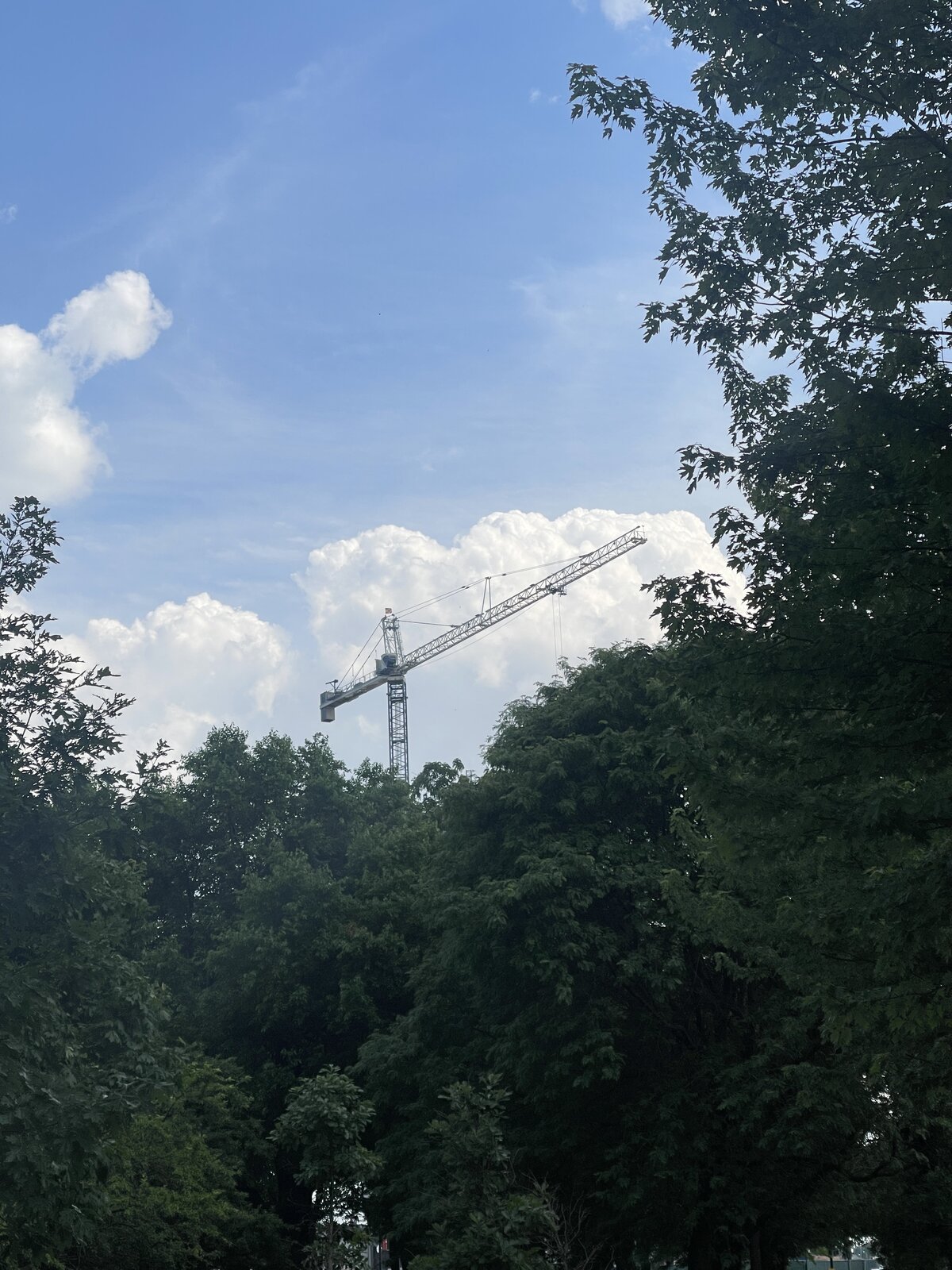The Writing Unprocess
If challenge of the being a writer is a subject that interests you, the New York Times had a beautiful story about the novelist Kiran Desai, and the trials of completing her new book–twenty years in the making!–"The Loneliness of Sonia and Sunny."
After she won the Booker Prize in 2006 for her second novel, The Inheritance of Loss, Desai arrived at high literary recognition just as she began to disappear into her next book. Alexandra Alter writes of her attempts to make progress:
When she first had the idea for the novel, Desai didn’t realize how thoroughly the story would swallow her life. At times over the years, she feared that she might never finish it.
And:
About seven years into writing, Desai was at a residency in Brussels when she decided to print out the manuscript. She was shocked at what kept spilling out of the printer; she realized she had written 5,000 pages.
What Desai experienced is (almost) the struggle of a lifetime. But the basic problem is one that any writer who has attempted a substantial writing project will have sympathy for–especially one that seems (or is) beyond his or her current powers. After seeing physical proof of her difficulties in the 5000 page manuscript, Alter quotes Desai that she “was horrified,” and “hadn’t understood what a dire situation it was.”
Writing is strange in that way: the writer can drown in her own generative powers. At first I wanted to describe Desai as “unproductive,” but that is not the right description at all. What is the right word for someone who produces, in a mechanical sense, yet has nothing to show for it? Very little of the bottom line in art is subject to being counted. The torture of Desai’s condition is being so talented and prolific, and still finding herself unable to marshal that productivity in service of the work that needs to be written. “The story had no center,” Desai said. The work keeps falling apart until it doesn’t.
Read more → Looking south of Roosevelt and west of Clark, at the “
Looking south of Roosevelt and west of Clark, at the “

